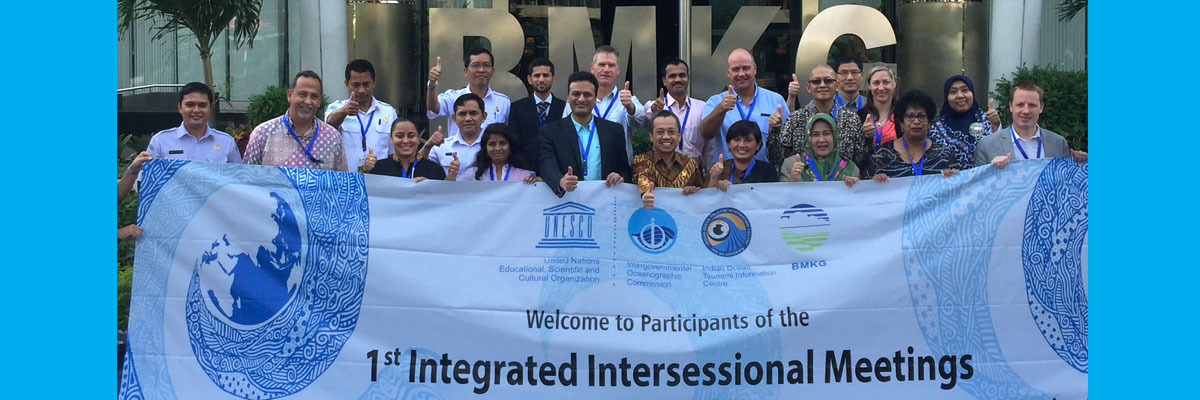“…the system can quickly detect earthquakes, discern whether or not they will produce a tsunami, monitor how ocean waves are propagating, and predict where they might go…”
IF a giant tsunami again threatens the countries that surround the Indian Ocean, measures now in place, such as an early warning system, should limit the devastation. Also, an inter-governmental Task Team has been established, to ensure vigilance. It includes experts based at the University of Huddersfield – the only members from outside the 28 countries in the Indian Ocean Region.
Professor Dilanthi Amaratunga and Professor Richard Haigh head the University’s Global Disaster Resilience Centre. They have played a key role in many international projects on resilience building. Examples include the EU-funded CABARET, which aims to foster regional cooperation for more effective multi-hazard early warning and increased disaster resilience among coastal communities, and ASCENT, which aims to strengthen research and innovation so that societies develop resilience to disasters.
Story continues below...
 Professor Dilanthi Amaratunga and Professor Richard Haigh are pictured far right (front)
Professor Dilanthi Amaratunga and Professor Richard Haigh are pictured far right (front)The international profile of the two professors has now led to membership of a Working Group and Tasks Team set up to establish and implement working plans in the Indian Ocean region. The Intergovernmental Oceanographic Commission of UNESCO’s Coordination Group for the Indian Ocean Tsunami Warning and Mitigation System was formed in response to the tragic tsunami on December 26th, 2004. It oversaw the development of the Indian Ocean Tsunami Warning and Mitigation System and includes early warning technology such as seismographic stations and deep-ocean assessment and reporting of tsunami buoys.
Professors Amaratunga and Haigh are invited experts of a working group on “tsunami risk, community awareness and preparedness”, as well as a task team on “capacity assessment and tsunami preparedness”. They will guide implementation of a survey for capacity assessment of tsunami preparedness in the Indian Ocean region.
“The system can quickly detect earthquakes, discern whether or not they will produce a tsunami, monitor how ocean waves are propagating, and predict where they might go. This detection and monitoring network then provides information to the region’s three tsunami warning centres, run by Australia, Indonesia, and India,” said Professor Haigh.
“Data from these networks are available in near real time, and this information is then relayed to the National Tsunami Warning Centres of 28 states. However, this information would be of little value if it then didn’t reach the people who needed to evacuate. We have to support tsunami education, conduct evacuation drills and ensure that local communications systems are properly set up to receive and send warnings.”
The Task Team’s role is to ensure that the Indian Ocean countries remain in a state of high preparation and to appraise their capacity to respond. There is no room for complacency.
This is a time critical process. While some communities may have several hours to respond, near the earthquake epicentre, people may have just a few minutes’ warning, even in the best-case scenario.
Professor Amaratunga said that the Task Team will draw on survey data that has been collated by projects led by the Global Disaster Resilience Centre.
Professors Amaratunga and Haigh attended the inaugural Task Team meeting held in Jakarta and will head to Hyderabad in India in April 2018 for the next one. Here, they will present a revised questionnaire survey instrument for capacity assessment of tsunami preparedness in the Indian Ocean region.
